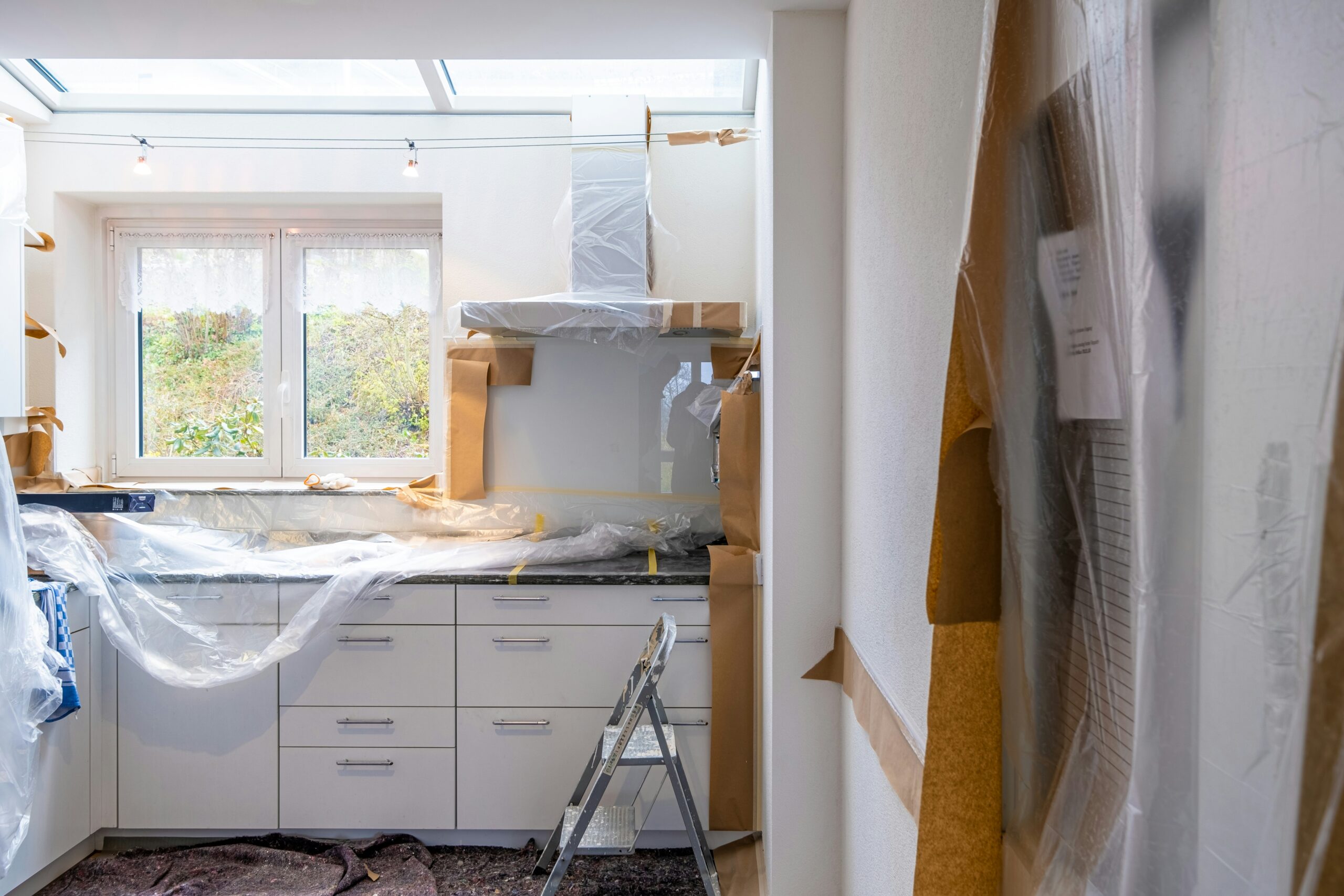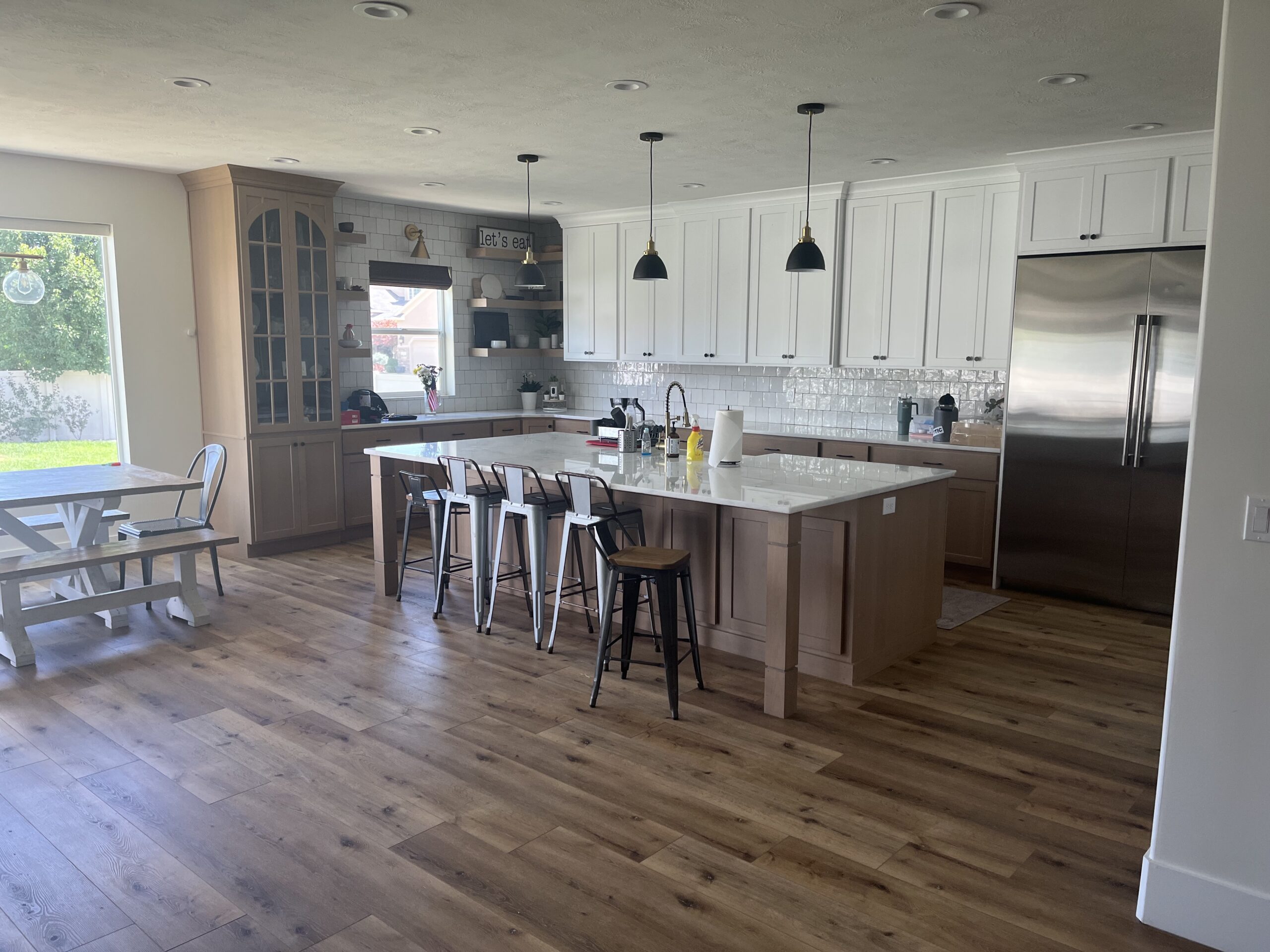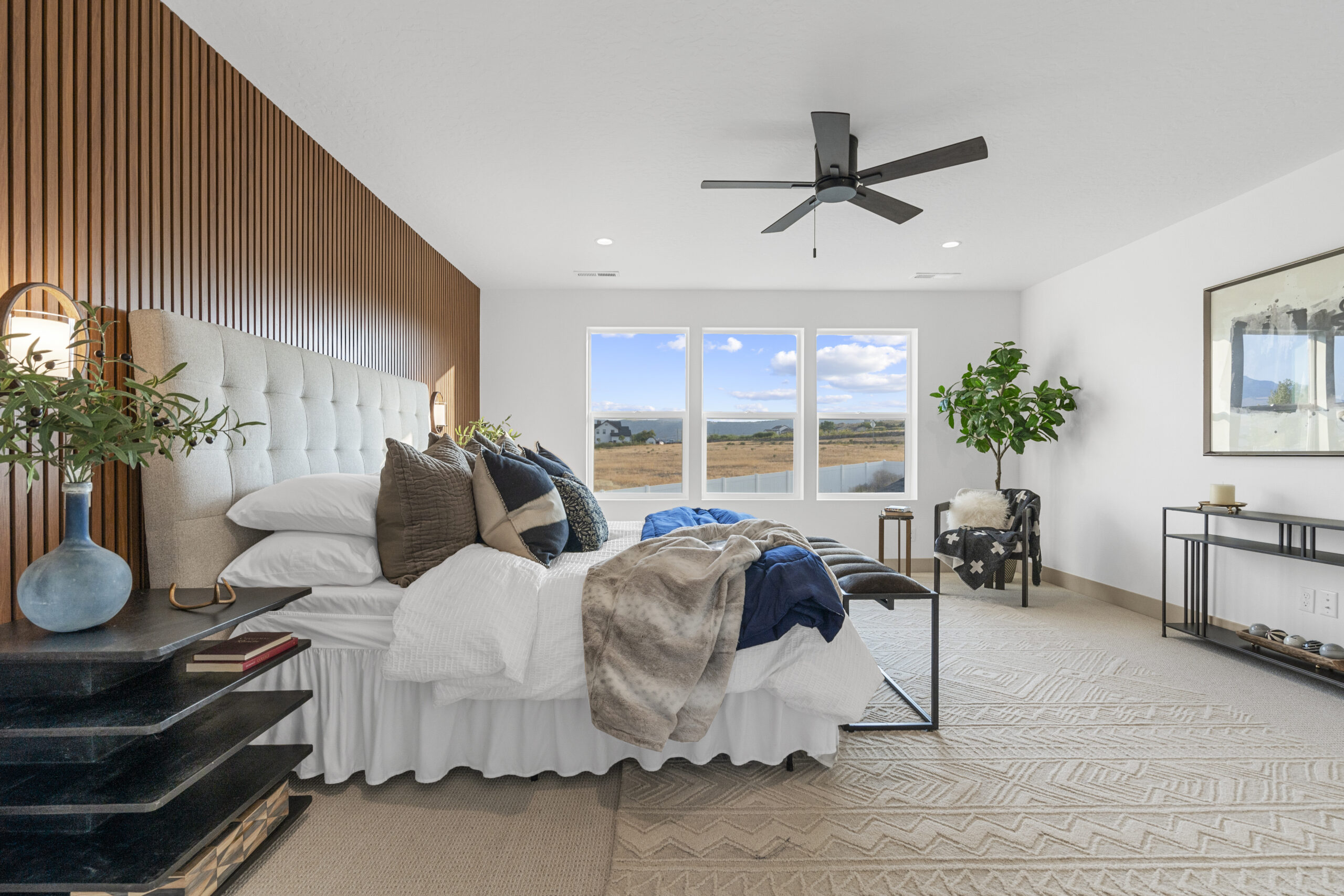When your existing home no longer fits your family’s needs, you’re faced with a significant decision: should you renovate your existing house or consider a knockdown rebuild? As Utah custom home builders who’ve guided countless families through this choice, we understand it’s not just about square footage—it’s about your family’s future, your budget, and your dreams.
The right decision isn’t the same for every homeowner. Let’s explore the key factors that should guide your informed decision between home renovation and new construction.
When Home Remodeling Makes the Most Sense
Your Existing Home Has a Solid Foundation
If your older home has good bones—a strong foundation, sound framing, and quality structural elements—home renovation can be an excellent investment. We often tell homeowners that if the foundation and main structural systems are in good condition, you’re already ahead of the game with your remodeling project.
Red flags to watch for: Foundation cracks, sagging floors, outdated electrical systems (knob-and-tube wiring), or plumbing issues throughout the existing house. These structural issues don’t automatically rule out renovating, but they significantly impact the cost-benefit analysis of your home improvement project.
You Love Your Location
Sometimes the lot is worth more than the old house itself. If you’re in an established neighborhood with mature trees, great schools, short commutes, or simply a location you can’t imagine leaving, home renovation preserves that investment while giving you the additional living space you need.
Your Timeline Is Flexible But Not Endless
A renovation project typically takes 3-6 months for extensive renovations, compared to 8-12 months for a complete knockdown rebuild. If you need changes sooner rather than later but can manage alternative living arrangements during construction, remodeling offers a middle ground without the need for temporary relocation.
Budget Considerations Favor Home Renovation
Generally speaking, renovation costs are 20-50% less than new construction, though this varies significantly based on the scope of your home improvement project. You’re working with existing infrastructure, which can provide substantial savings while still achieving your dream home vision.
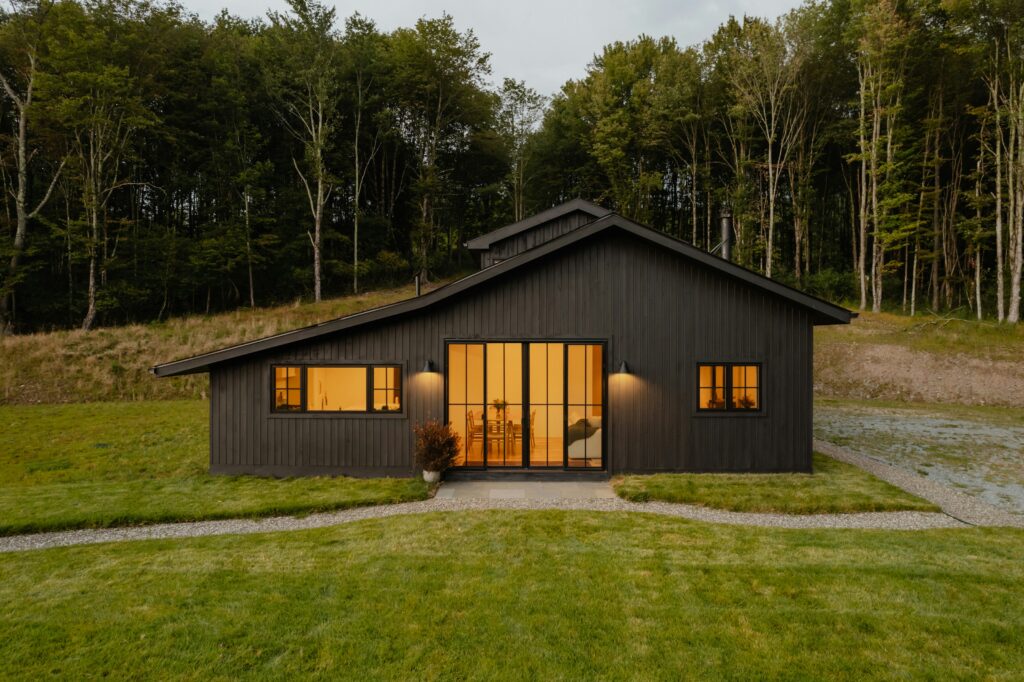
When a New Build Is the Better Investment
Your Existing Home’s Layout Fights Your Lifestyle
Some older homes have layouts that simply can’t be fixed with renovation. We’ve seen families struggle with choppy floor plans, rooms in illogical locations, or homes where the main areas face away from beautiful mountain views. When the fundamental home design doesn’t work, a knockdown rebuild with new construction allows complete design freedom and a fresh start.
Major Systems Need Complete Replacement
If you’re looking at replacing the roof, all windows, HVAC system, electrical panel, and plumbing throughout the existing house, the renovation costs can quickly approach rebuild territory. At that point, you’re essentially rebuilding anyway—just with the constraints of the older home structure. New home construction eliminates these limitations while potentially increasing your home value significantly.
You Need Significant Additional Living Space
Adding substantial square footage through renovation can be more expensive per square foot than new construction. If you need to add more than 30-40% to your existing home’s footprint, a new build often provides better home value and a more cohesive home design.
Your Existing Home Has Reached Its Potential
Some older homes have already been renovated multiple times or have inherent limitations that can’t be overcome. Low ceilings, small windows, or awkward proportions might be manageable in a renovation project, but they’ll never give you the dramatic transformation you’re seeking in your new house.

The Hidden Factors Most Homeowners Don’t Consider
Sentimental Value vs. Practical Needs
We’ve worked with families who had strong sentimental value attached to their existing house but felt frustrated by its limitations. Others felt no emotional connection but worried about the disruption of demolition and new construction. Neither approach is wrong, but careful consideration should separate emotion from practical decision-making when choosing between renovation and a new home.
Neighborhood Compatibility and Home Value
In some Utah neighborhoods, a complete new build might result in a new house that’s significantly larger or more expensive than surrounding properties. This could impact your home’s resale value. Conversely, in rapidly developing areas, a thoughtful knockdown rebuild might position your new home ahead of neighborhood trends and boost homes value significantly.
Hidden Costs in Both Scenarios
Home remodeling surprises: Once walls are opened during renovating, we sometimes discover structural issues that weren’t visible during planning. Outdated wiring, plumbing problems, or structural damage can add unexpected renovation costs to your home improvement budget.
New construction surprises: Site preparation, utility connections, and permit processes can be more complex than anticipated for knock down rebuilds, especially on established lots with mature landscaping or challenging access. However, display home quality finishes and modern efficiency standards often justify the investment.
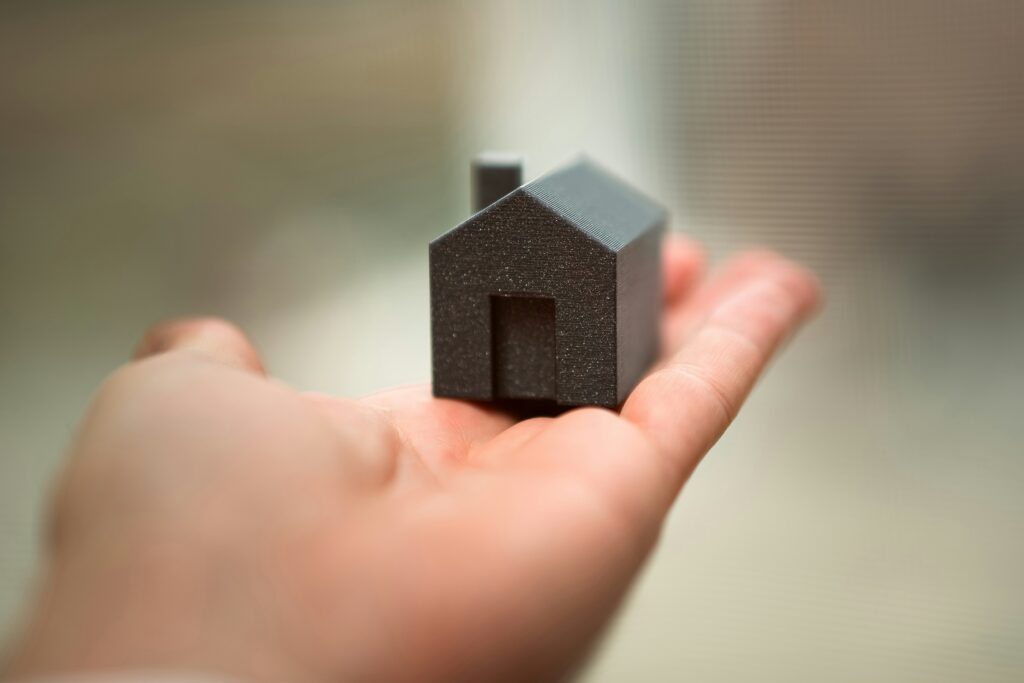
Our Decision-Making Framework for Expert Advice
After years of helping Utah homeowners navigate this right choice, we’ve developed a framework that clarifies the right decision:
Start with your non-negotiables. What must your new living space accomplish? Make a list of absolute requirements versus nice-to-haves for your dream home.
Get a professional structural assessment. Before making any informed decision, have your existing home’s bones evaluated by an expert. This removes guesswork from the equation and helps determine if your old house can support your renovation project.
Consider your 10-year plan. Are you building for your current family situation or where you expect to be in a decade? The answer affects how much you should invest in either home renovation or new home construction.
Factor in disruption tolerance. Home remodeling means living through construction noise, dust, and inconvenience. Knockdown rebuilds typically require temporary relocation and alternative living arrangements. Which scenario works better for your family’s lifestyle?
Run the numbers honestly. Include not just construction costs, but temporary housing expenses, storage costs, and the value of your time and stress.
Questions to Ask Your Builder
Not every builder handles both remodeling and custom building with equal expertise. When interviewing potential partners, ask:
- Can you show me examples of similar projects to what I’m considering?
- What’s your process for uncovering hidden issues during remodeling?
- How do you handle cost overruns, and what’s typically included in your contingency planning?
- Can you provide references from families who chose the path I’m considering?

Making Your Choice With Confidence
The remodel versus rebuild decision ultimately comes down to alignment—does the chosen path align with your family’s needs, timeline, budget, and long-term goals? There’s no universally right answer, but there is a right answer for your specific situation.
At Roots Builders, we believe in transparent communication throughout this decision-making process. Sometimes that means recommending the less expensive option even when it’s not in our immediate financial interest. Other times, it means having honest conversations about whether your current home can realistically deliver your vision.
Your home should support your family’s life, not constrain it. Whether that means thoughtfully remodeling what you have or starting fresh with a rebuild, the goal is creating a space where your family can truly put down roots.
Ready to explore your options? Contact Roots Builders for a no-obligation consultation. We’ll assess your current home, discuss your vision, and help you make an informed decision about the best path forward for your family’s unique situation.
